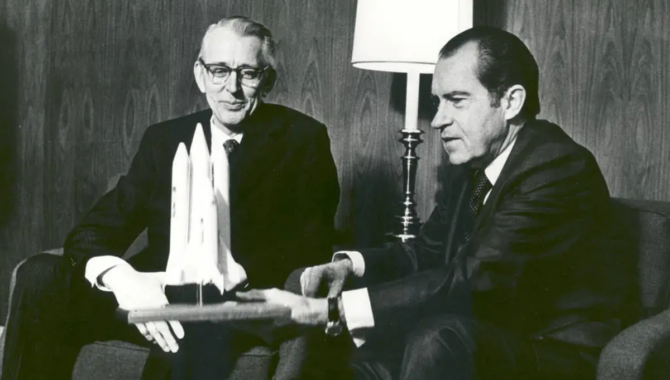
The nation chooses to reduce spending after Apollo, focusing on a versatile, reuseable spacecraft for low-Earth orbit.

The nation chooses to reduce spending after Apollo, focusing on a versatile, reuseable spacecraft for low-Earth orbit.
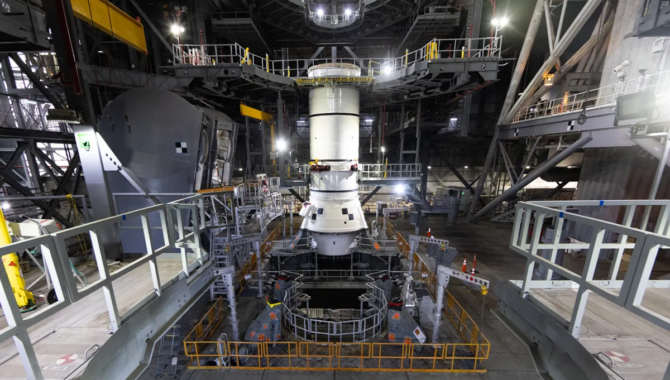
Investigation into Artemis I heatshield reveals link between material permeability and skip reentry maneuver.

Podcast highlights the work of NASA’s technical workforce.
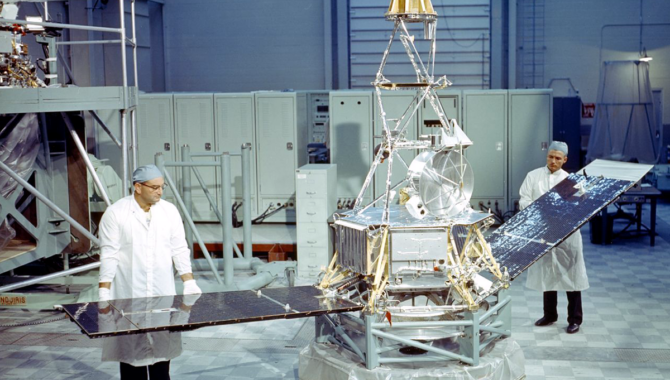
Team met technical challenges to gather first data from another planet.
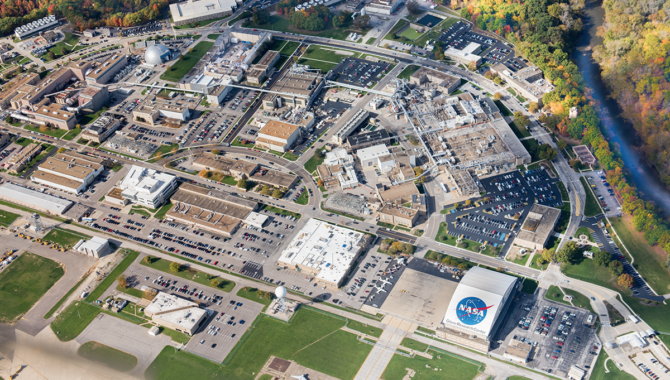
Nearly 200 gather to discuss key issues for technical workforce.

Research finds that $25.4 billion budget yields $75.6 billion in economic output.

The shuttle program’s first crew of 6 works around the clock in a mission of firsts, then overcome daunting challenges to return safely.

Powerful geomagnetic solar storms mark new phase of 11-year cycle, as Parker Solar Probe comes ever closer to the Sun’s surface.
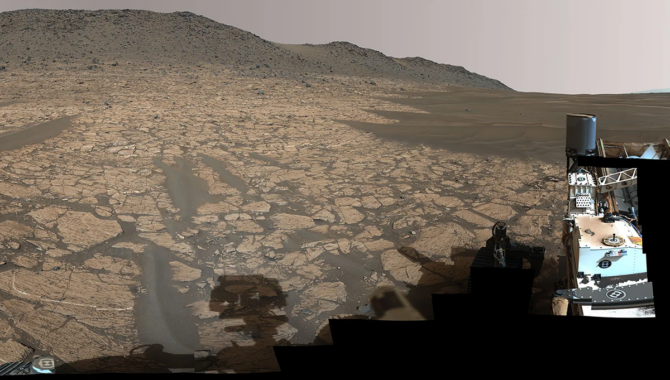
New research adds clues in the quest to learn what happened to ancient water on the planet and if it ever supported microbial life.